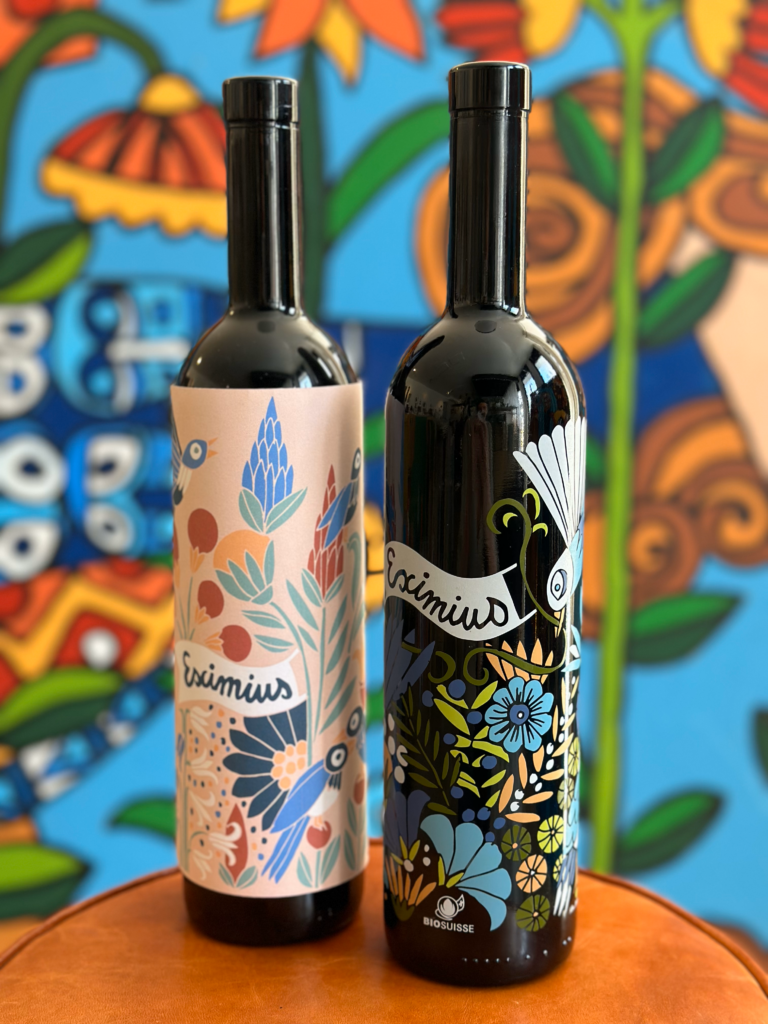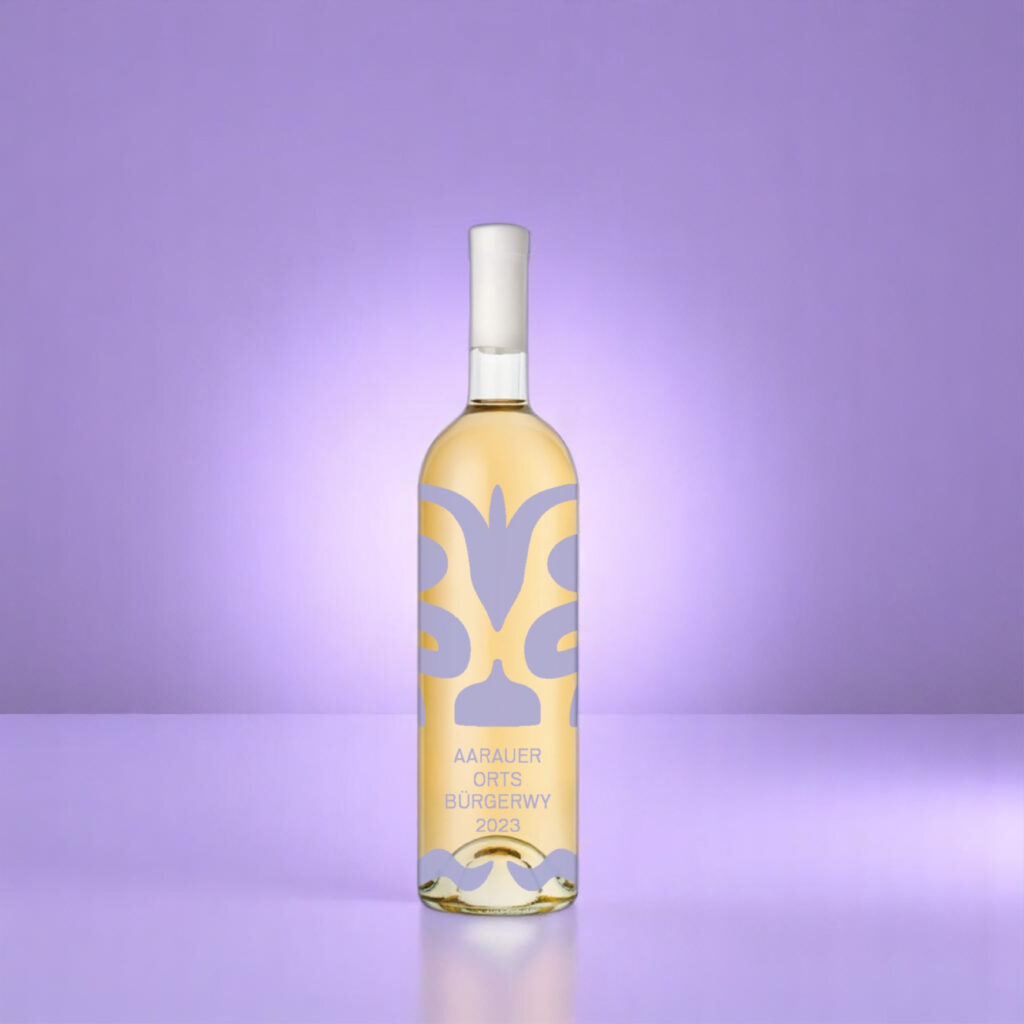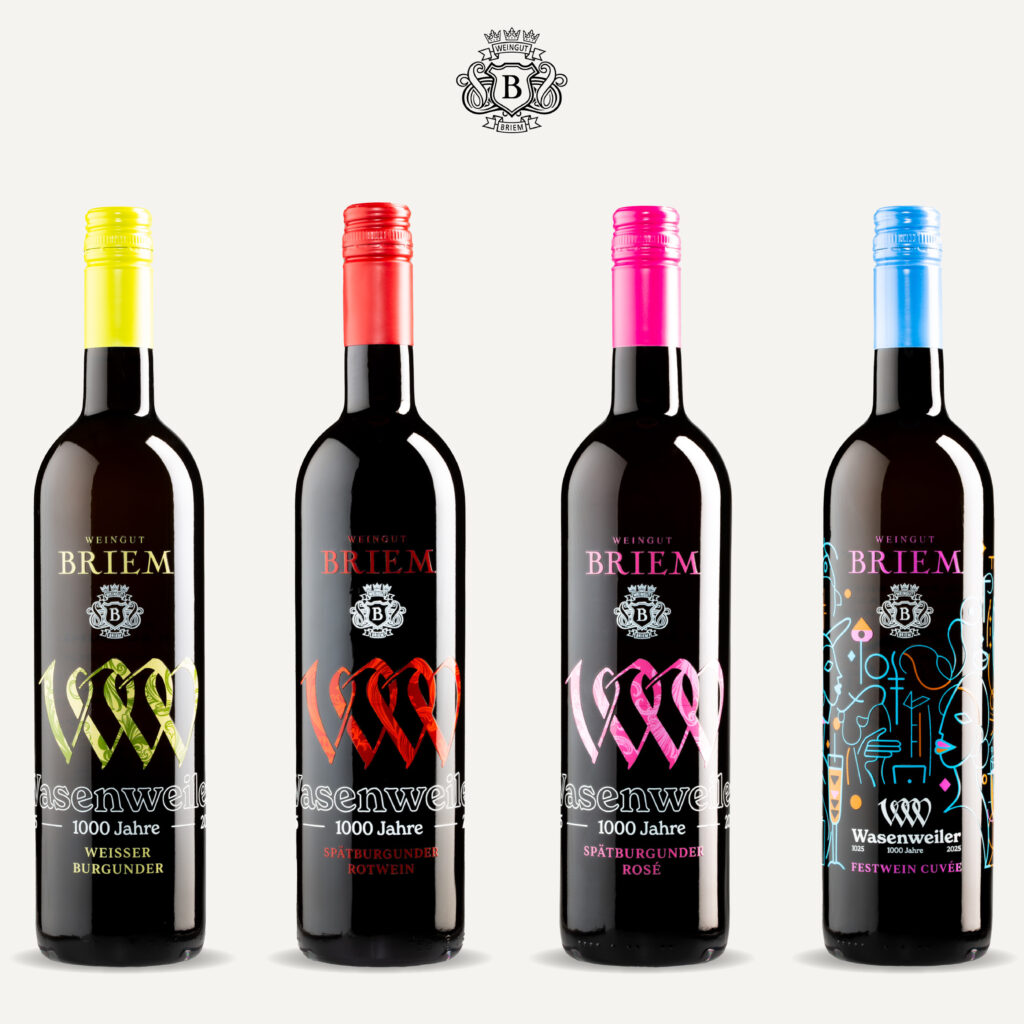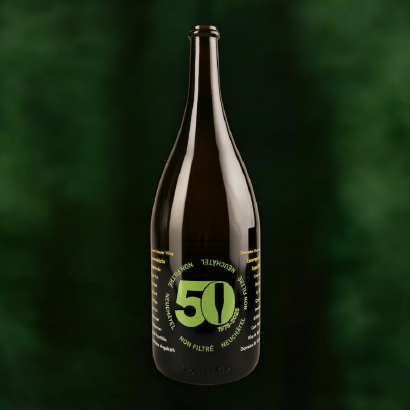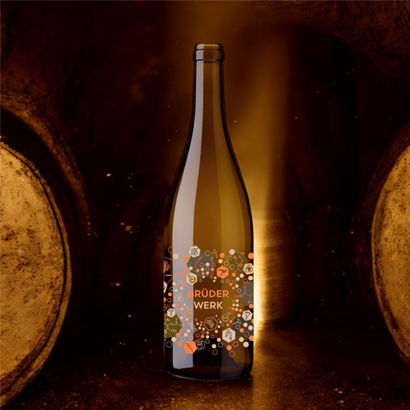Art in Screen Printing: Albin Christen’s Masterpieces on Beetschen Domain Bottles
Art and wine are two disciplines that may not seem to have much in common at first glance, but in the world of Beetschen Domain, they merge into a harmonious unity. We are pleased to present an exclusive interview with Albin Christen, a renowned artist. Albin Christen has already collaborated on several projects for Beetschen Domain, creating unique artworks that can be admired on the bottles of wines through screen printing by Univerre.
In our conversation, Albin Christen gives us fascinating insights into his creative world and the artistic design process for developing a bottle design. He talks about the challenges and joys of creating artworks that are not only visually appealing but also reflect the essence of the wine. Be inspired and immerse yourself in the symbiotic relationship between art and wine, brought to life by Albin Christen’s talented hands.
Art on Wine Bottles: When Friendship Leads to the Fusion of Art and Wine
The most inspiring projects often arise from a friendship. Vincent Beetschen, owner of Domaine Beetschen in Bursins, is a perfect example of this. As a childhood friend of Albin Christen, Vincent Beetschen had long desired to develop personalized products for his winery.
“Vincent always wanted to develop personalized products; he saw my work and liked it,” says the artist. Thus, the idea to print his art on glass bottles was born. For Albin Christen, this was an exciting project: “I loved it, I love everything to do with development. My work can take place on paper as well as on shoes or watches, and the idea of working on a wine bottle immediately appealed to me.”
The Artwork on the “Eximius” Bottle
When Vincent Beetschen approached the artist, Albin Christen enjoyed almost complete creative freedom. “Almost a free hand, as he knew my world. Inevitably connected with nature. What interested him was that we depict his world when he works in the vineyard, but above all, a dream world, hence the birds that cannot be identified, more the birds that one has in one’s head and heart, and that represents his wine and personality well.”
“My work is very intuitive and quite easy to handle; technically, it comes close to pure drawing, I don’t draw with a tablet, but by hand, and then it is vectorized, scanned, and colored on the computer. I adapt to the format, but it wasn’t the bottle that determined my way of working; rather, I transferred my drawing to the bottle.”
This approach reflects the advantage of screen or digital printing. Drawings, images, and even photos can be printed directly onto the bottle, creating a work of art that, unlike a traditional label, wraps around the entire bottle. This creates a unique and distinctive artwork.
Printing Wine Bottles: Screen or Digital Printing?
But every art project also brings its challenges. “I won’t consider every aspect, be it the light or the reaction of the screen printing color on the glass compared to the color I chose,” he admits. Mastering these technical elements is crucial and often delicate.
Different printing methods come with different technical requirements. In screen printing, for example, a maximum of six colors, including metallic colors like gold or platinum, can be used. This printing method is excellent for very fine lines or vector graphics.
In digital printing, however, pixel graphics can be printed without limitations on the number of colors.
The choice of printing method for glass bottles ultimately depends on what best suits the product and the customer.
Art, an Added Value for Brand Image
For the artist, art on glass bottles offers significant added value for a company’s brand image. “With the new technologies, especially artificial intelligence, we are really in a period of upheaval. In the 30 years I’ve been in this profession, I’ve experienced ups and downs in the relationship with design,” he shares. “There is a lack of personalization in products, and art can offer real added value compared to artificial intelligence or prefabricated products,” he adds confidently.
So what advice would he give to companies looking to integrate art on their bottles? “You need to have a feeling; if you are in an artistic field, the heart must speak,” he emphasizes. He highlights the importance of the connection between the artist and the company. “Some companies think they absolutely have to take a certain artist. They then look for artists nearby, but the heart doesn’t always speak. The most important thing in working with an artist is that there is a real connection between the work and the values of the artist and the expectations of the company,” Albin responds.
Working on everyday objects has always been Albin’s dream. His vision is to design his art so that an empty bottle gets a longer life by turning it into a water carafe or a decorative object. His art is meant to be popular and touch people. “Decorating a utility item and bringing joy – that’s the greatest happiness for me!” he says enthusiastically.
Many thanks to Albin Christen!

